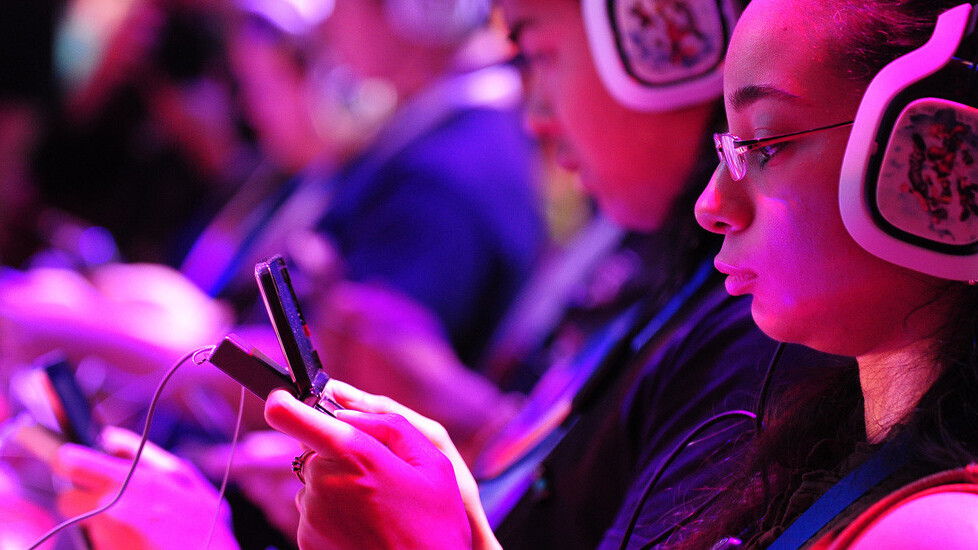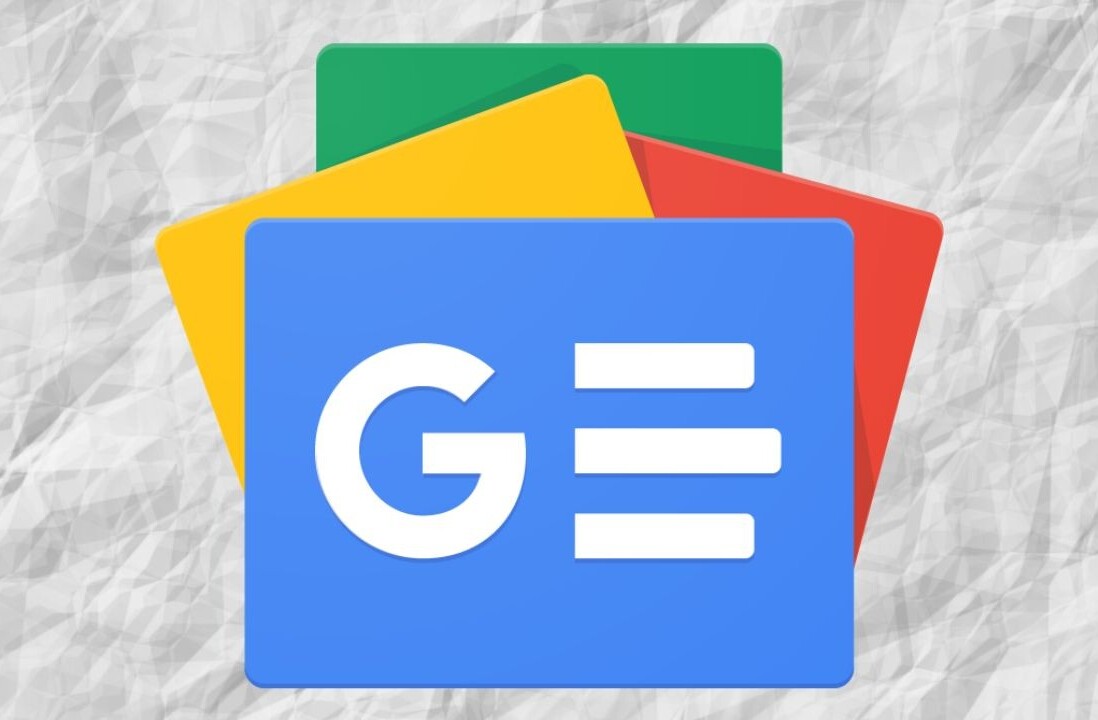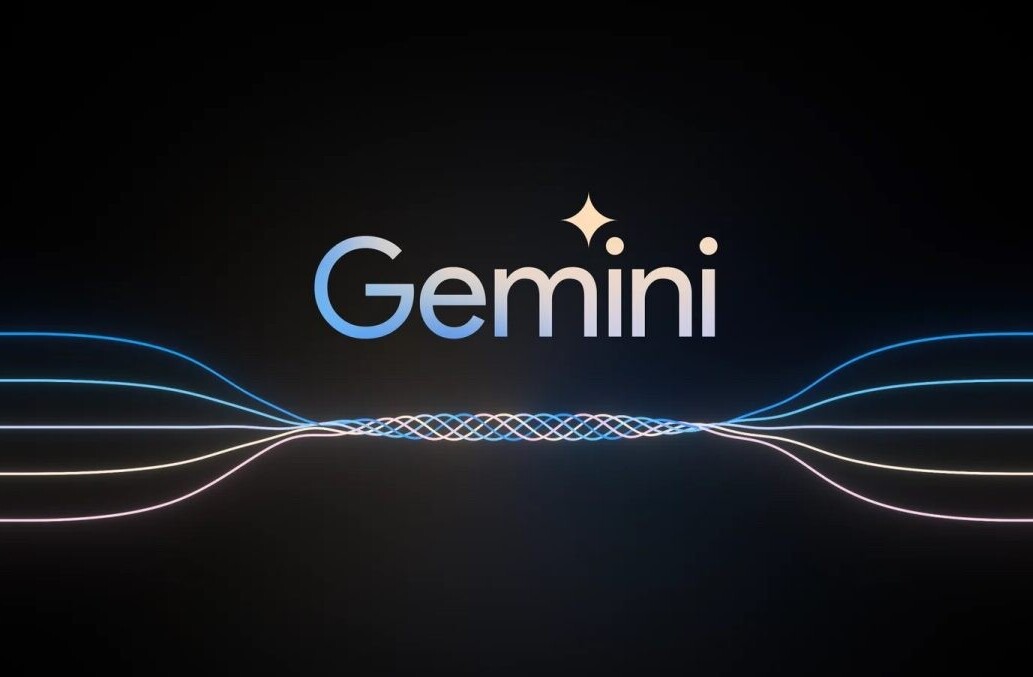
RevMob has announced it is expanding its mobile advertising service and bringing it to the United States. With this move, companies interested in advertising will be able to leverage what the company claims is the “highest CPMs in the industry”, while developers can reap the rewards by monetizing their apps through the use of its SDK.
With over 5,000 publishers already signed up worldwide, RevMob is looking to expand its network and has currently supports nine platform options, including Android, iOS, Unity 3D, Corona, Adobe AIR, PhoneGap, Titanium AppCelerator, Shiva 3D, and the mobile web.
The mobile advertising market is filled with many similar services, including Kiip, iAd, Flurry, and others. So what makes RevMob any different? According to CEO Gui Schvartsman, for one, advertisers pay when their application is installed and downloaded. Additionally, he says that his company targets users based on their download history, location, and device that they have so all ads displayed are relevant to them. It’s also one of the few services that possibly supports all the ad units in the network, whether it be banner ads, full-screen ads, text pop-ups, etc.
On average, RevMob says that an average cost per thousand impressions or CPM, within its network is around $38 if targeted towards those people in the US and are using an iPad.
Using its “advanced campaign-targeting algorithm”, all advertisements on apps are specifically targeted towards the user based on information gleamed from their phones. As Schvartsman explains, if you’ve played two war simulation games, then the system knows not to serve you an ad that’s for flowers or Hello Kitty merchandise.
However, with the dismal performance of banner ads on the web, one of the things that seems to be succeeding for its competitors, like Kiip, is that all banners blend in and feel like it’s part of the experience. And for Kiip, it’s more than just displaying ads on the page, but mixes gamification and relationship building together to help generate clicks. This doesn’t seem to be a major concern for RevMob as it believes its artificial intelligence technology is a big enough differentiator to bring in more advertisers and publishers.
So far it seems to be working as Schvartsman says that the company has 100 advertisers lined up eager to participate in the Google AdWords-like mechanism for mobile advertising.
Photo credit: FREDERIC J. BROWN/AFP/Getty Images
Get the TNW newsletter
Get the most important tech news in your inbox each week.





